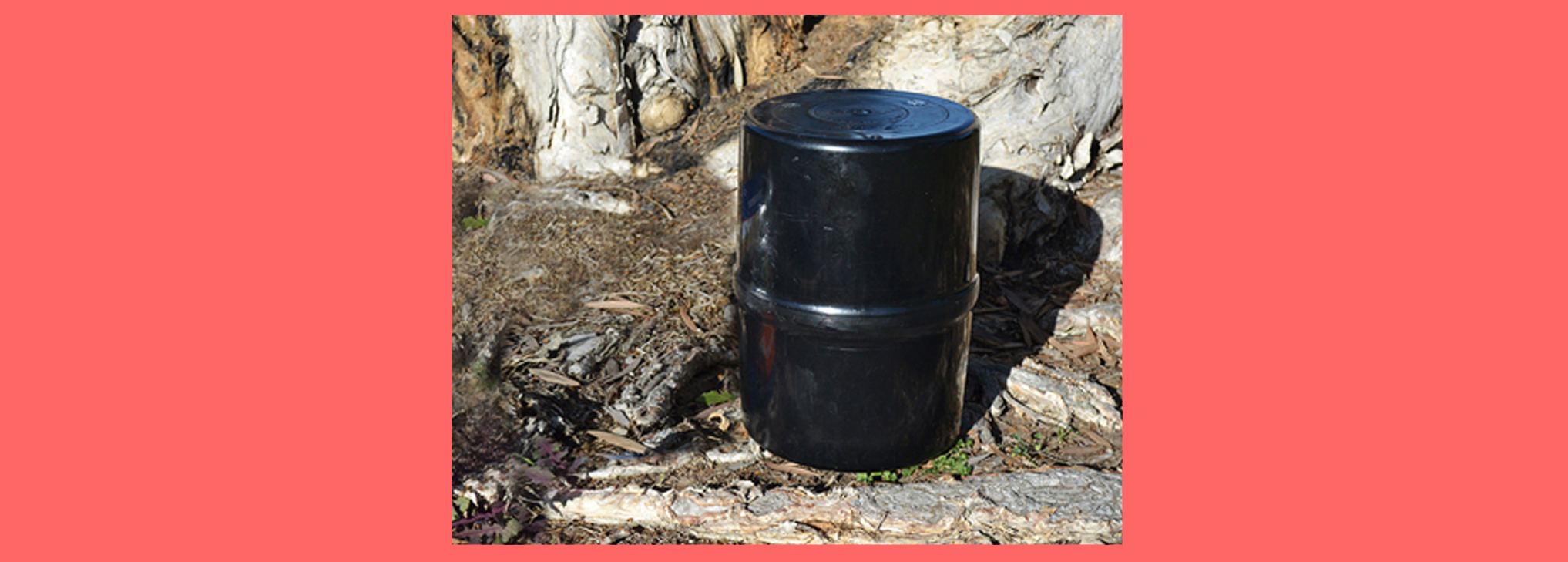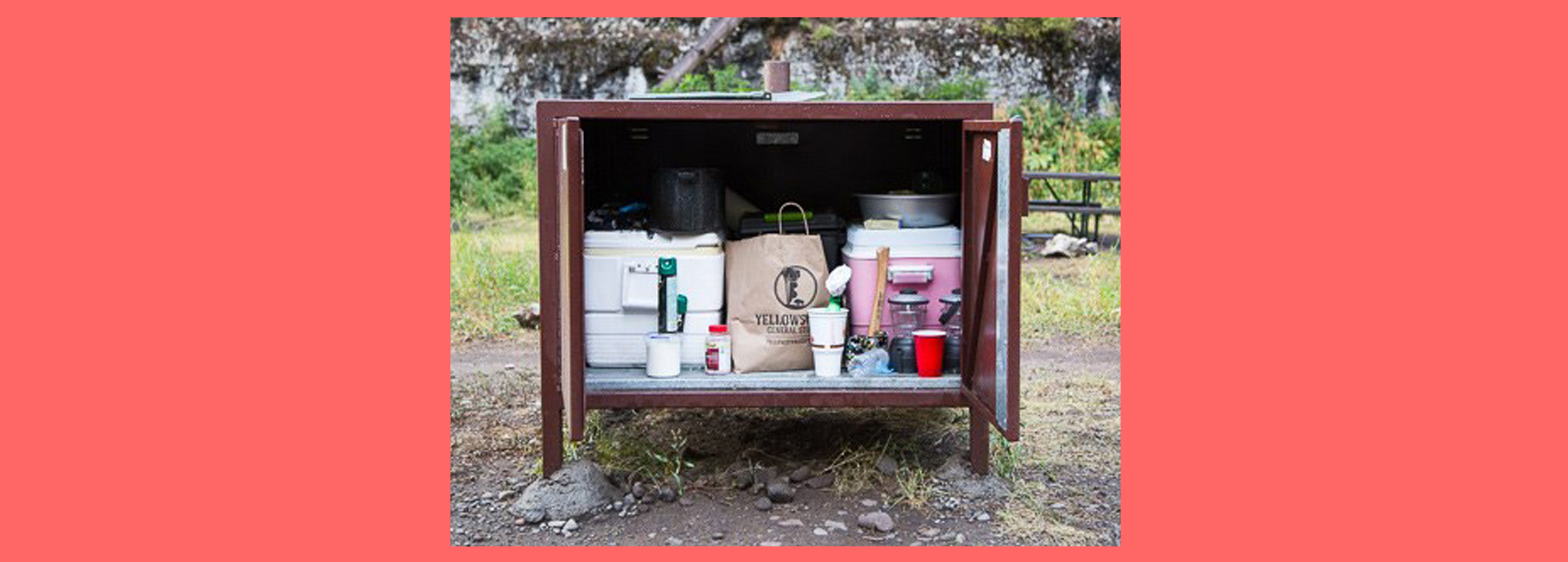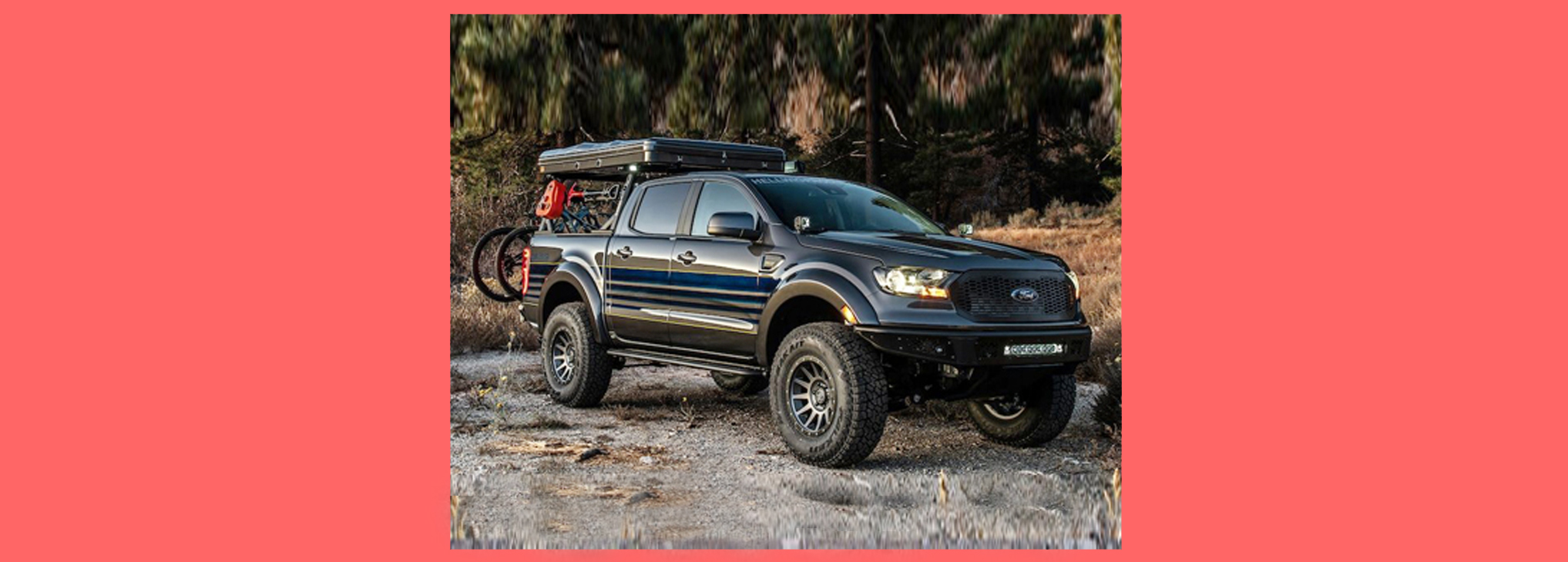Visiting and Living Safely in Bear Country
Most bears avoid people. Many hikers never even know that they passed close to a bear because the bear did such a good job of avoiding them. Most encounters end with the bear and human departing in opposite directions, without harm to either party. Your risk of being hurt by a bear is lower than your risk of being hit by lightning and much lower than your risk of being hurt in a car accident as you drive to bear country.
What follows are some recommendations from bear experts on what to do and how to behave when hiking and camping in bear country. Following this advice should help you reduce your risk, but remember, there is no guarantee of your safety. Every encounter is as unique as every bear.
CAMPING SAFELY IN BEAR COUNTRY
The most important thing to remember when camping in bear country is, never allow bears to obtain your food, garbage, or other attractants. Bears that learn to obtain food in campgrounds often become increasingly bold and aggressive in their efforts to obtain these foods. They may damage vehicles, tents and other property. In rare instances bears that learn to obtain human foods even enter tents and attack people, resulting in injury and sometimes death. Bears that behave in this way are usually killed by bear managers.
Bears are attracted to all of the following items:
- All human food
- Pet food and livestock feed
- Garbage
- Cooking pots and utensils
- Cooking oils
- Fuel for stoves and lanterns
- Unopened canned beverages
- Cosmetics, insect repellents, lotions, toothpaste
- Bird seed and hummingbird feeders
All of these items should be stored where bears cannot obtain them:
- In a bear resistant food storage box provided at the campsite.
- In a hard-sided vehicle (Coolers, tents, and pop-up campers are not bear-resistant).
- In a bear-resistant backpacker food cache.
- Suspended at least 10-15 feet off the ground and at least 4 feet from each vertical support.
Be sure to follow all local regulations and in general, follow these guidelines:
- Do not sleep in the clothes you cooked in.
- Keep a flashlight and your bear spray in the tent at night.
- Keep pets leashed.
- In a backcountry camp, place sleeping areas at least 100 yards away from cooking and food storage areas.
- Avoid aromatic foods such as bacon and fish.
- Never place food inside your tent.
- Sleep in a tent, not out in the open.
- Camp away from trails, berry patches, carcasses or fresh bear sign.
- Pack out all garbage and food scraps, do not bury them.
- If a bear enters your camp and behaves in a bold manner and attempts to scare it away are unsuccessful, get to a safe area. The bear is likely human habituated and food conditioned and is potentially quite dangerous. Report any such incident to the local authorities.
IF YOU ENCOUNTER A BEAR WHILE HIKING…
The most important thing to remember if you do encounter a bear is, don’t run! If you run, you may very well trigger the bear’s predatory instincts and if it wants to catch you, it will. A bear can sprint at 35 mph and cover 100 yards in about 7 seconds. Stop and calmly assess the situation.
- If the bear is not aware of you, quietly and calmly leave the area in such a manner as to avoid being detected. Do not approach more closely for a picture or for any other reason.
- If the bear is aware of you, identify yourself as a human. Talk to the bear in a calm voice and put your arms out to the side and move them slowly up and down. You want the bear to know quickly and without doubt that you are a person and not another bear or some type of prey animal. Avoid direct eye contact with the bear but do watch it to see what it does next. The bear may run away immediately or it may look at you and then resume doing whatever it was doing, or it may approach you. What you do next depends on what the bear does.
- If the bear runs away, walk away in a direction different than the bear ran. Leave the area to avoid another encounter.
- If the bear looks at you and then seems to ignore you, or continues looking, but does not retreat or approach, back away while you continue talking to the bear. You probably should not turn your back on the bear until you cannot see it and it cannot see you anymore. Again, even if a bear seems unconcerned about your presence, do not approach it more closely for a picture or a better view.
- If the bear approaches you, stop, stand your ground. Remain calm and observe the bear for clues to its mood or intentions.
- A defensive bear feels you are a threat. It may woof, chomp its teeth, growl, weave its head back and forth, slap the ground with its front feet, charge suddenly or smacks its lips and salivate. It is stressed by your presence. A bear behaving in this way may act aggressively in defense of cubs, personal space or food. Continue to talk to the bear and act in a non-threatening manner. When the bear stops approaching, continue backing up. If the bear again approaches or charges you, stop again and wait for the bear to back up a bit before you back up again. If a bear behaving in this way attacks you, playing dead is your best defense. Lay flat on the ground, face down and cover your head and neck with your arms and hands. Keep your backpack on. It may offer more protection for your back. If the bear rolls you over, continue rolling until you are face down again. Don’t make any noise and don’t move until you are sure the bear has left. If you move too soon, you may bring the bear back for a renewed attack. It may perceive that you are about to attack it. Most grizzly bear attacks are defensive in nature.
- A curious or predatory bear does not make any noise, will point its ears forward and have its attention focused solely on you in a calm, non-agitated manner. If you have tried to back up and the bear continues to follow you in a slow deliberate manner and shows none of the signs of defensive aggression, you may want to try a new approach. Act aggressively to tell the bear that you are not an easy meal and that it doesn’t want to mess with you. Make yourself look as big as possible, make direct eye contact with the bear, yell at the bear, pick up a big stick and hit the bear with it if it comes close enough. If a bear acting this way attacks you, fight back, focusing your attention on the bear’s face. While black bears are generally much less aggressive than grizzly bears, most black bear attacks are predatory in nature. Some bear experts now recommend that anybody attacked by a black bear should fight as the bear is probably not acting defensively.
WHAT ABOUT BEAR SPRAY…
Bear pepper spay has proven very effective at repelling approaching or aggressive bears and reducing the incidence of human injury. In fact, it is even more effective than a firearm in preventing injury. Statistics show that people defending themselves with guns were injured about 50% of the time while people using bear spray usually escaped injury.
Bear spray is a special chemical solution containing 1%-2% Capsicum. This chemical comes from hot peppers; making the solution extremely irritating to the nose, eyes, throat, mouth and lungs. It temporarily disables the bear but causes no permanent harm.
Bear spray should be discharged only at approaching, charging or aggressive bears. Do not spray it on backpacks, clothing, tents or people; it is not a repellant like bug spray is. If you decide to carry bear spray make sure you look for the following attributes in the product you purchase:
- An EPA registration number tells you that the product is a certified bear spray and that testing has shown it to be effective.
- Bear spray should have a minimum net content of 7.9 ounces. Bigger cans are even better.
- The spray should leave the can in an expanding cloud and go out to at least 30 feet.
- The label should clearly state that the spray is for use on bears. Do not use spray intended as a personal defense product for people.
If you intend to carry bear spray, read the manufacturers instructions closely and follow them. Mentally rehearse how you would use your bear spray.








